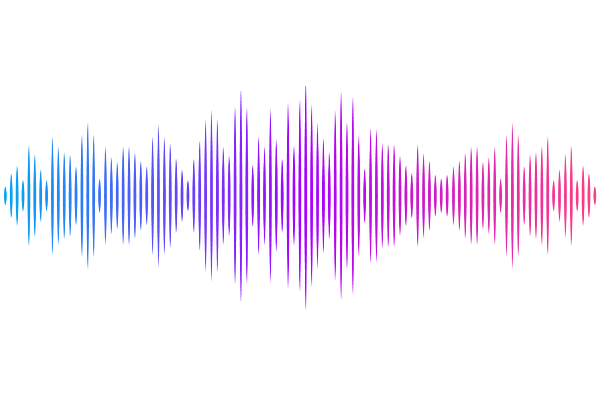New insights into the cultivability of human milk microbiota from ingestion to digestion and implications for its immunomodulatory properties

New insights into the cultivability of human milk microbiota from ingestion to digestion and implications for its immunomodulatory properties
Le Bras, C.; Mouchard, A.; Rault, L.; Cochet, M.-F.; Menard, O.; Jacquet, N.; Chuat, V.; Valence, F.; Le Loir, Y.; Bellanger, A.; Deglaire, A.; Le Huerou-Luron, I.; EVEN, S.
AbstractHuman milk (HM) microbiota is increasingly studied for its potential health benefits. However, the physiological state of HM bacteria and consequently their effects on gut homeostasis remain a question. This study investigated the physiological state of the HM microbiota by characterizing its cultivable fraction, as it might be at the point of ingestion and assessing the effects of digestion on the cultivability and immunomodulatory properties of six prevalent HM strains. The microbiota of 28 HM samples was analysed by 16S metabarcoding either directly on raw milk (raw milk microbiota, RM) or on the complete cultivable fraction obtained from seven non-selective media (cultivable milk microbiota, CM). Diversity was lower in CM than in RM, with 32 versus 435 genera and a median of 7 versus 69 genera per sample in CM and RM, respectively. CM also showed under-representation of strictly anaerobic genera. Factors like parity and iron or vitamin supplementation affected RM and/or CM. In vitro gastrointestinal digestion moderately impacted strain cultivability. However, most strains partially or completely lost their immunomodulatory properties on the monocyte THP1 cell line after digestion, except a Staphylococcus epidermidis strain that gained immunomodulatory potential.